For the first time in 14 years, China has shifted its stance to a "moderately loose" monetary policy for 2025. While the decision signals a strong commitment to reinvigorating growth, it also sparks a debate on how policymakers will overcome challenges in policy adjustments to make this shift effective.
Economists and policy researchers said the government is adopting decisive strategies. Bigger cuts to interest rates and banks' required reserves are on the horizon, in order to prioritize boosting domestic demand and restoring market confidence, coupled with strengthened expectation guidance to prevent any sharp depreciation of the yuan.
Beyond the conventional approaches, new tools are being introduced to improve policy efficiency and expand room for maneuvers. These include expanding central bank purchases of government bonds and extending targeted support for real estate, the stock market and consumption, according to policy researchers.
The measures are designed to overcome the hurdles facing macroeconomic policy adjustments. The scope for conventional monetary easing has narrowed over time, especially as a strong US dollar is putting pressure on the Chinese yuan, while the effect of easing moves in boosting borrowing could be eroded by subdued consumer sentiment amid housing price adjustments.








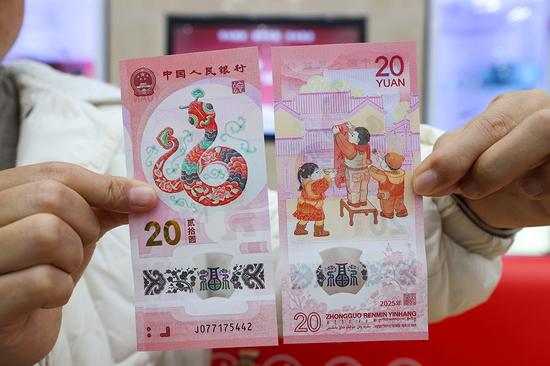






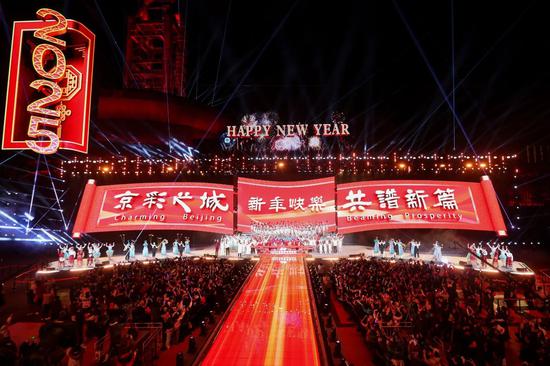



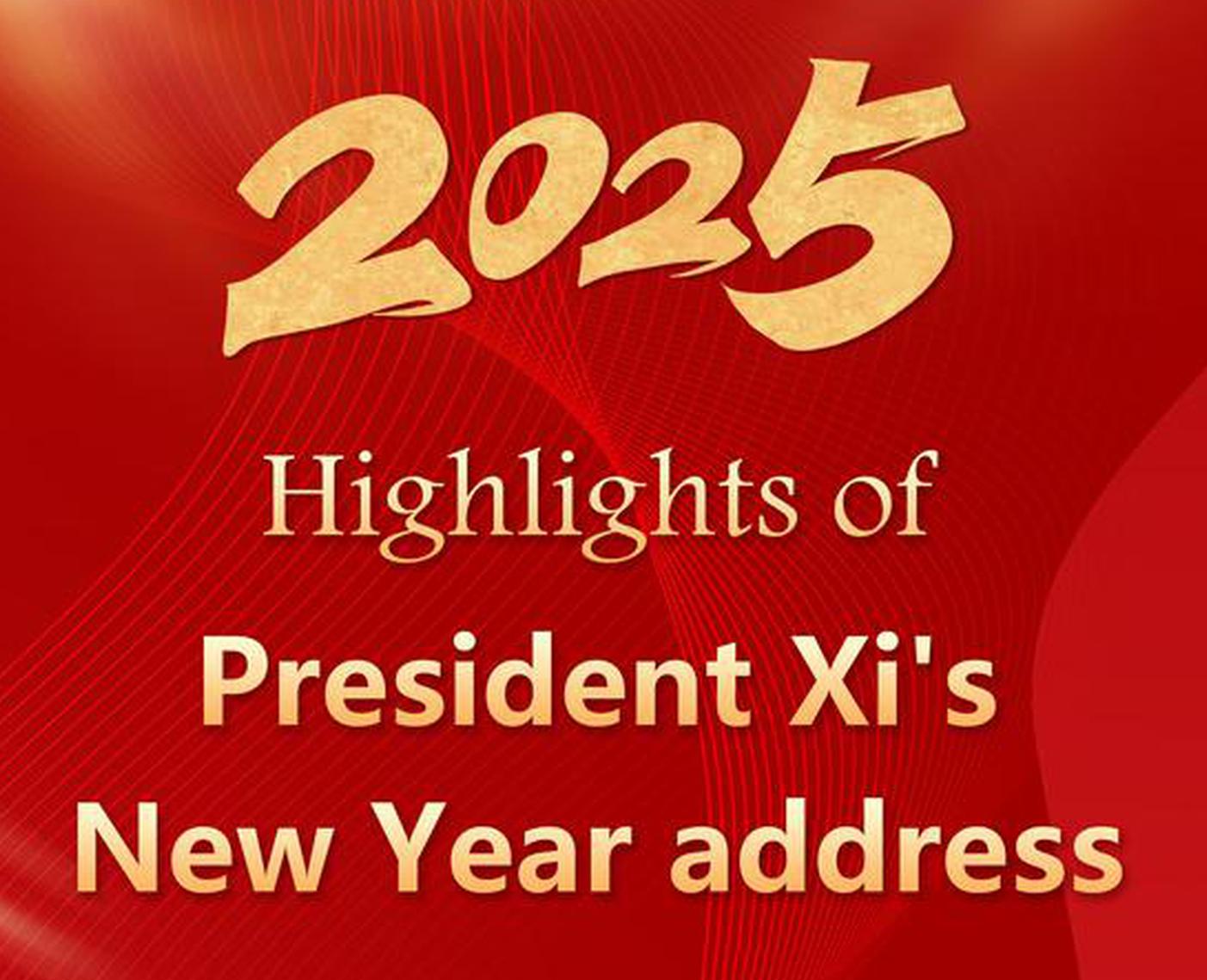





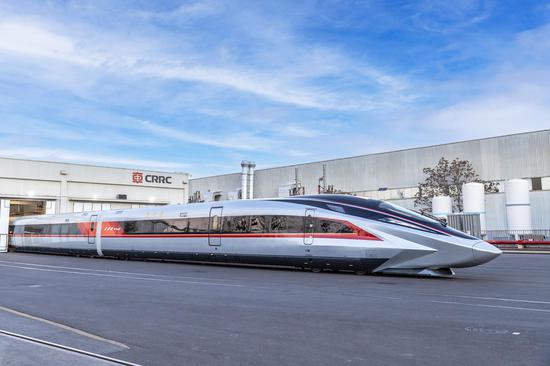

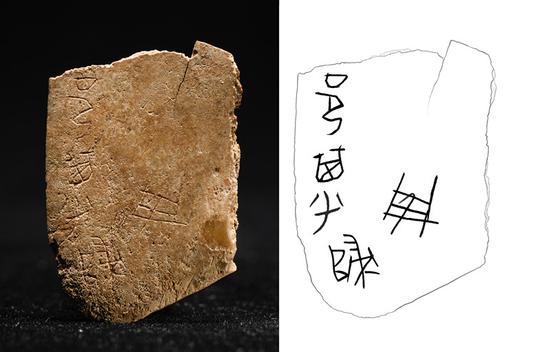

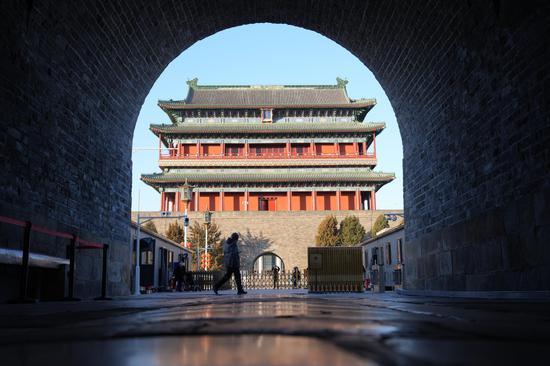
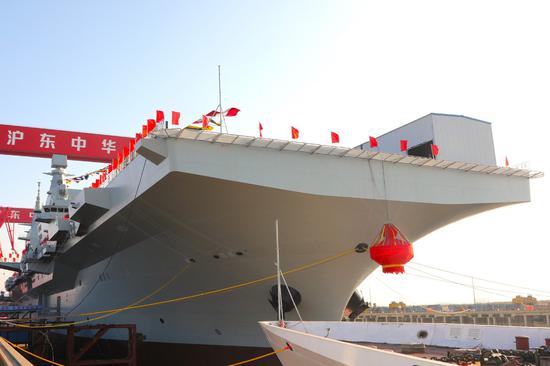



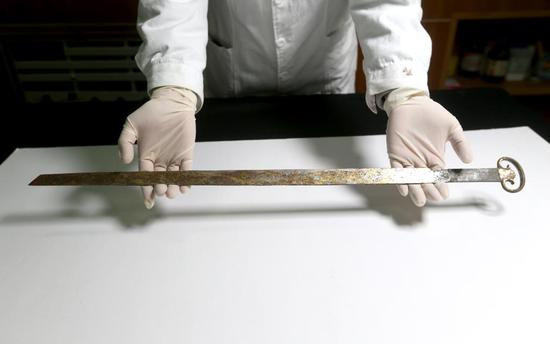




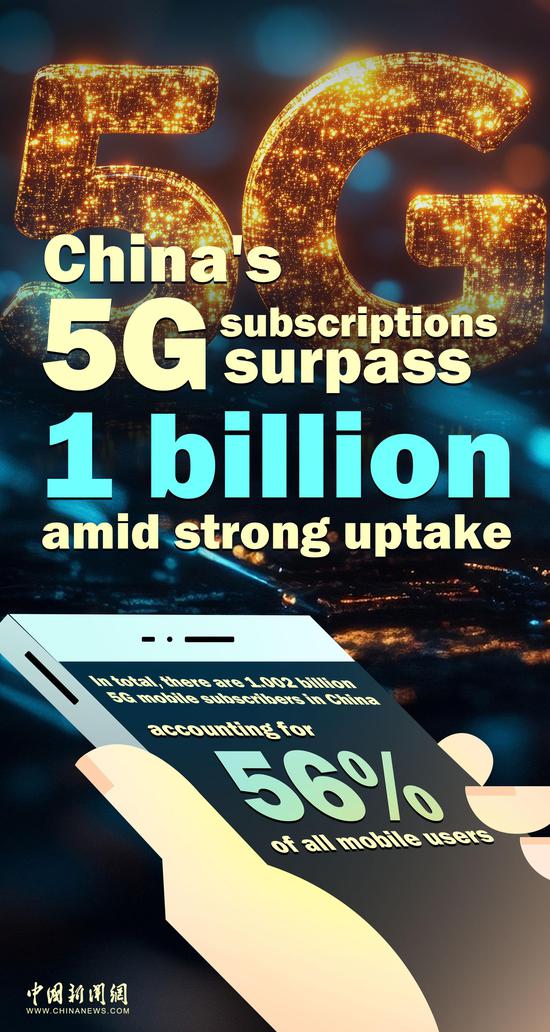
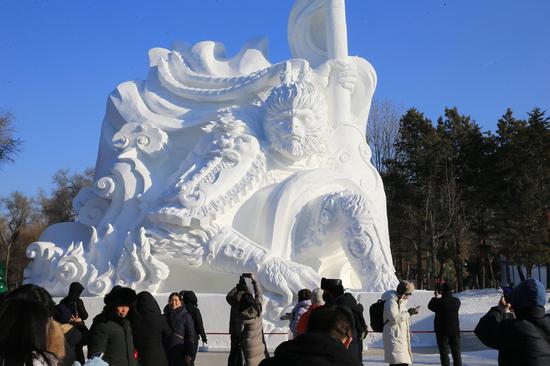









 京公网安备 11010202009201号
京公网安备 11010202009201号